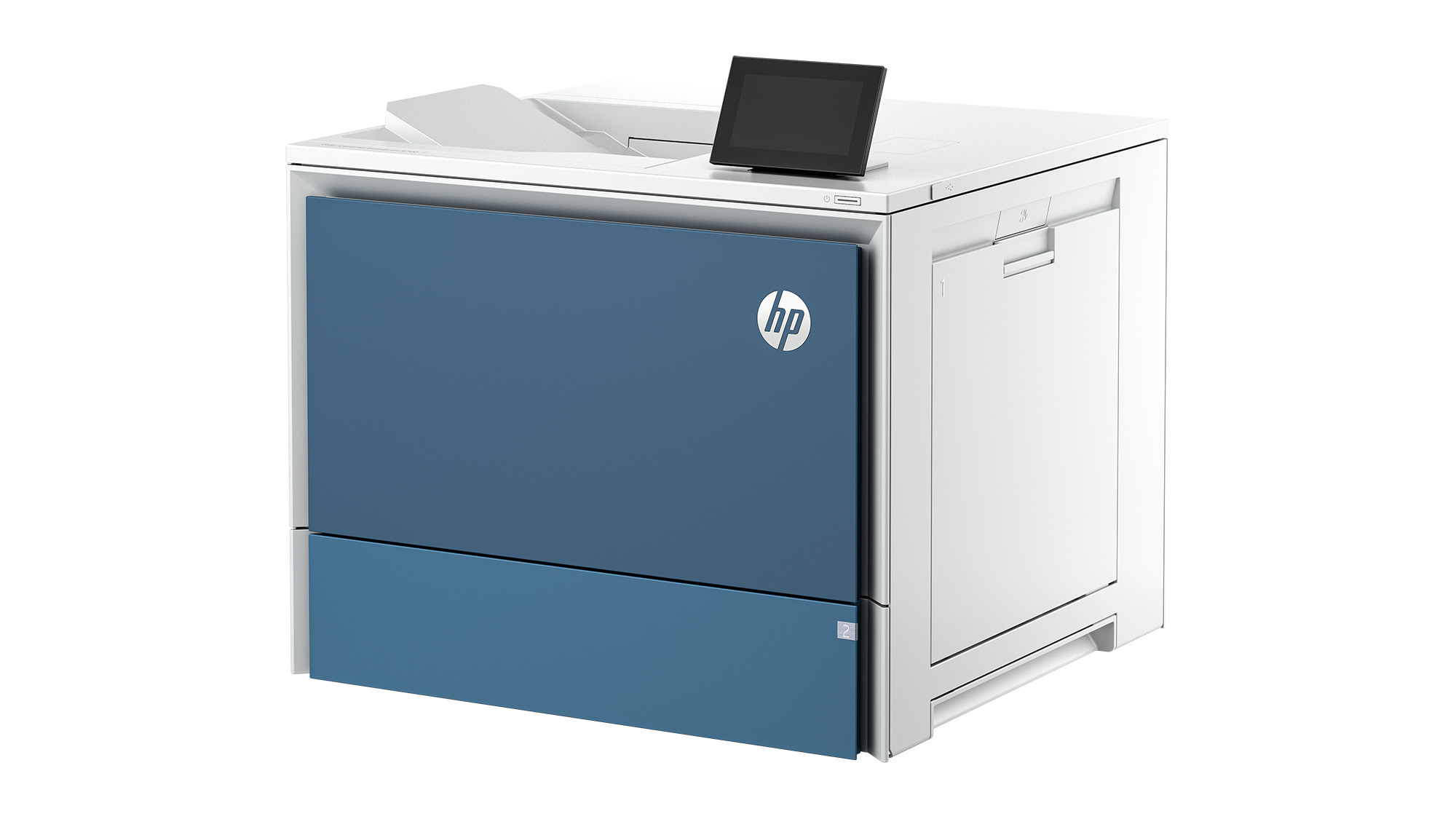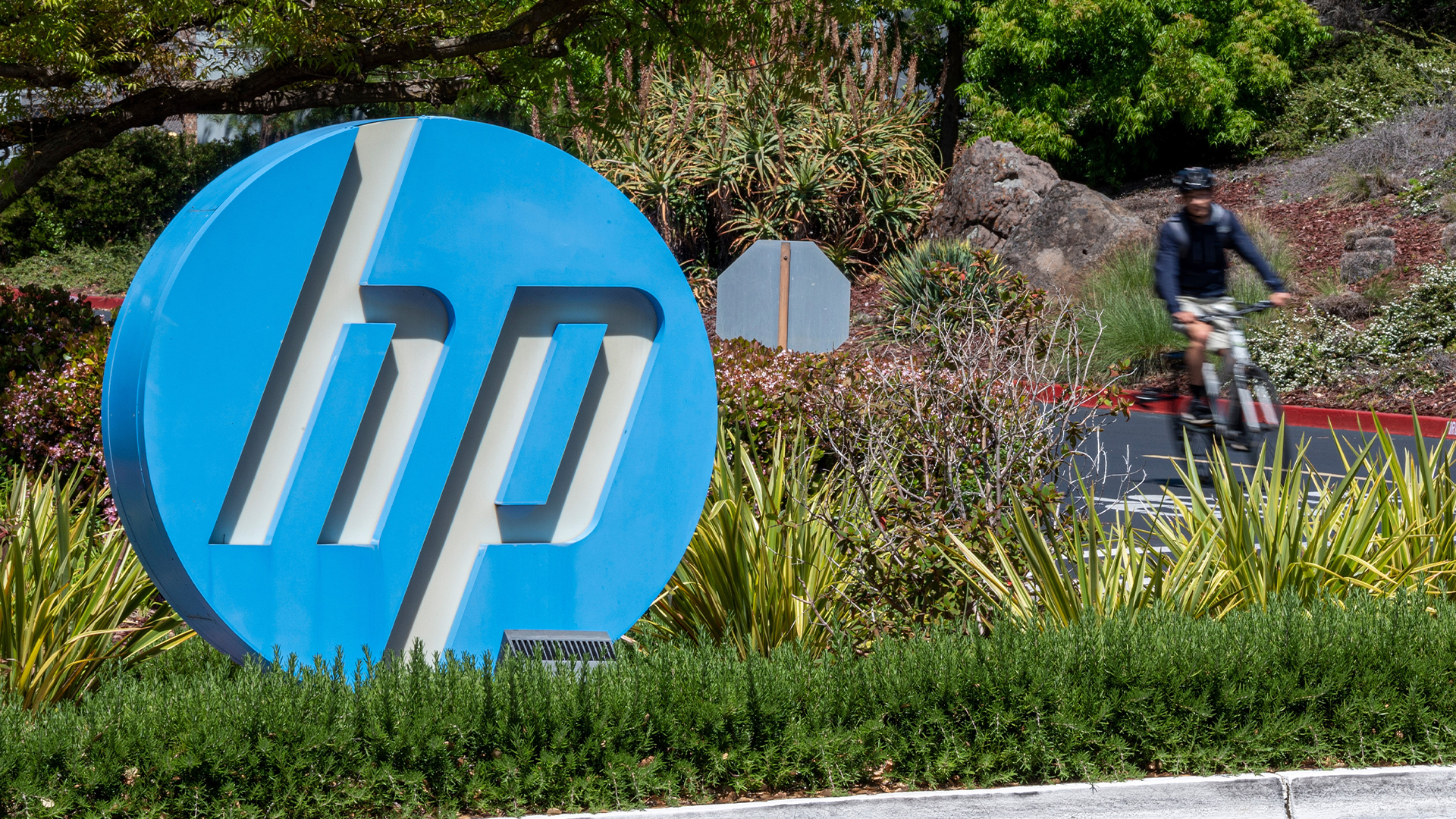Solving today’s business problems with the right hardware choices

The world of work has changed dramatically over the last decade, with an ever-increasing focus on digital-first delivery, which has brought with it new benefits and challenges.
In 2023, many businesses now enjoy a hybrid work setup, with employees working from home some days while spending others in the office carrying out tasks that can’t be done remotely. Others operate on a fully remote model, having abandoned the traditional office.
No matter what their setup is, all companies are under greater pressure than ever to set out clear sustainability goals, reflected in investment decisions, energy efficiency, and reduced waste when it comes to day-to-day operations, as well as software and hardware.
Technology brand HP has been at the forefront of research around hybrid working, which has recorded the pain points employees and employers have felt as they adapt to this new way of working. While personnel practices and software can be modified and updated as needed, it is clear that investment into hardware must to be carefully considered before a purchasing decision is made to ensure it meets all of the business’ needs in a hybrid environment.
Printers are an example of core hardware that have been adapted over time to not just meet the energy efficiency needs of companies but continue to play just as important a role as in the ‘traditional’ office.
In a recent interview with Mopria Mike Scrutton, director of print technology and strategy at Adobe, stated that printed documents continue to play an important role in information sharing, even as digital and virtual environments are embraced.
“Compared to the [screen and whiteboard] trends seen at CES, paper complements them rather than replacing them, and vice versa,” he said.
“In the same way you can look something up on a smartphone or tablet and then return to a bigger screen to continue your task, so a printed sheet can be used to refer to information, an idea, or be transported outside the room. Or indeed be used to bring information into a space.”
If you run a large business, it’s likely that physical documents still play a large part in some aspects of your weekly business processes. This could be in the form of sensitive contracts or briefings for important clients.
Businesses that fail to invest in printers may find themselves relying on costly third-party printing services when they face a sudden need for printed content. Additionally, many businesses have an existing printer setup that may be in need of replacement.
This could be an ideal opportunity to take stock of how vital printing is to a company’s individual needs. For example, a business that has moved largely to the cloud since it last purchased printers could benefit from buying fewer, smaller units when it next invests in new hardware.
Whatever the business, printers need to be reliable, interoperable, and compatible with scaling ambition to fit into today’s fast-paced work environment.
Guilt-free, green documents
No matter the size of a company, sustainability is an important factor to place at the very center of its business strategy.
Customers feel better buying from a business they know has clear sustainability objectives, and proper planning around environmental, social, and governance (ESG) strategy helps employees feel proud of where they work.
ESG targets can only be met if businesses take a holistic approach to internal change, and reassessing all hardware, including printers, is included in this.
Having the right printers to hand can be cheaper and more sustainable than not having any at all - it’s all a matter of strategy.
If a business under-invests in printer hardware, it may be saddled with poor-quality products that are wasteful with materials and have a disproportionately negative impact on the environment.
Conversely business professionals are understandably reluctant to over-invest in printer hardware that’s impractical for their needs. Buying the right-sized printer, from a trusted manufacturer with clear sustainability goals is a must.
Printer manufacturers recognize these concerns and have heavily invested in developing products that provide effective printer hardware and software that is more environmentally ethical than ever before.
HP’s TerraJet cartridges, for example, run at 27% lower energy cost than preceding products, and come with 78% less plastic in their packaging and manufacturing. This new toner comes as standard with HP’s latest Colour LaserJet Enterprise 5000/6000 printer series.
Enterprises that make use of HP's managed print services can also use its two-tone cartridges, which require less metal at the point of manufacturing.
While the business world has not eclipsed its need for printers, it does demand more from its hardware than ever before with regards to efficiency and ethics.
Enterprises that make the right choice when it comes to printers can set themselves up for the future and save at the same time.
Hybrid work and printing can go hand-in-hand
In a similar fashion, embracing printing does not have to come at the expense of those working in a remote or hybrid environment.
With the right hardware approach, companies can ensure workers get to enjoy the benefits of modern work patterns at the same time as having access to printers when they need them most.
The HP Global Hybrid Work Study revealed that 60% of British workers feel hybrid work has improved their productivity, and as many as 89% indicated that hybrid work provides a foundation for a better work-life balance.
Whatever the setup, every business needs to ensure that employees are able to deliver excellent printed content as and when it is required.
“Flexible work arrangements are here to stay with companies of all sizes using it as a way to attract and retain top talent. However, distributed workforce productivity is top of mind for businesses,” says Xavier Garcia, global head and general manager of office print hardware at HP.
Printing as a first line of defense
The widespread digital transformation of the corporate world has come with downsides, including increased vulnerability hacking, malware, and ransomware attacks.
As the number of connected devices has increased, so has the attack surface. It’s more important than ever, therefore, that networks and devices on them are as secure as possible.
If an organization’s printer is compromised, attackers can intercept sensitive data from documents that passed through it and leverage this for extortion or sell it directly on the black market.
From factory floor to office floor, IT managers need assurances of a secure supply chain. Even printer cartridges can be tampered with by threat actors, prompting companies such as HP to introduce extra security layers for added peace of mind.
In addition to security concerns, reliability, and downtime loom large over devices in the modern workplace. Keeping up with any industry in near real time means being able to produce mission-critical documents at a moment’s notice and with no privacy concerns.
As critical pieces of office hardware printers need to be ready at a moment’s notice, and quick to fix when they run into an issue.
Problems that persist for an hour or more could be the difference between a missed deal, or a vital contract signing being pushed back by at least a day.
With the right approach to hardware, business leaders can avoid production pitfalls at the same time avoid falling behind on security. Knowing your own needs, and how best to fulfill them through trusted brands, is key.
The same applies to challenges in sustainability, productivity, and work patterns. When businesses recognize hardware investment as key to achieving long-term goals rather than a remedy to immediate issues, they can achieve success without having to make sacrifices.
Sign up today and you will receive a free copy of our Future Focus 2025 report - the leading guidance on AI, cybersecurity and other IT challenges as per 700+ senior executives
ITPro is a global business technology website providing the latest news, analysis, and business insight for IT decision-makers. Whether it's cyber security, cloud computing, IT infrastructure, or business strategy, we aim to equip leaders with the data they need to make informed IT investments.
For regular updates delivered to your inbox and social feeds, be sure to sign up to our daily newsletter and follow on us LinkedIn and Twitter.
-
 Trump's AI executive order could leave US in a 'regulatory vacuum'
Trump's AI executive order could leave US in a 'regulatory vacuum'News Citing a "patchwork of 50 different regulatory regimes" and "ideological bias", President Trump wants rules to be set at a federal level
-
 TPUs: Google's home advantage
TPUs: Google's home advantageITPro Podcast How does TPU v7 stack up against Nvidia's latest chips – and can Google scale AI using only its own supply?
-
 HP ProBook 4 G1a review: A no-frills business machine for the average office
HP ProBook 4 G1a review: A no-frills business machine for the average officeReviews A serious but dull business laptop, however, HP's ProBook 4 is a decent middle-tier machine
-
 The HP ZBook Ultra G1a offers truly impressive levels of performance – a genuine game-changer
The HP ZBook Ultra G1a offers truly impressive levels of performance – a genuine game-changerReviews AMD's new Ryzen AI Max+ 395 redefines what we can expect from a laptop chipset with an integrated GPU and delivers outstanding performance
-
 The HP ZBook X G1i is a full-throttle juggernaut – you couldn't ask for much more from a workstation
The HP ZBook X G1i is a full-throttle juggernaut – you couldn't ask for much more from a workstationReviews The HP ZBook X G1i offers almost everything you could want from a workstation, and it's delightful to use
-
 HP ZBook 8 G1ak 14 review: Plenty of promise but falls short
HP ZBook 8 G1ak 14 review: Plenty of promise but falls shortReviews This portable mobile workstation promises so much but fails to deliver in a few key quarters – meaning it's hard to justify its price tag
-
 We're in the age of "mega-tasking," and here's what HP is doing about it
We're in the age of "mega-tasking," and here's what HP is doing about itnews The world's first ultrawide conferencing monitor and a Nvidia-powered workstation aim to tackle our growing work demands
-
 The HP OmniBook X Flip 16 is a brilliant, big, beautiful 2-in-1 laptop – but it's also an absolute bargain
The HP OmniBook X Flip 16 is a brilliant, big, beautiful 2-in-1 laptop – but it's also an absolute bargainReviews HP pairs a gorgeous OLED touchscreen with a smart 2-in-1 design – the result is a superb everyday laptop for sensible money
-
 AI PCs are paying dividends for HP as firm reports sales surge
AI PCs are paying dividends for HP as firm reports sales surgeNews HP has pinned recent revenue increases on Windows 11 and AI PC sales
-
 The HP OmniStudio X is a powerful, design-led all-in-one for creative work – but it could do with a stronger GPU
The HP OmniStudio X is a powerful, design-led all-in-one for creative work – but it could do with a stronger GPUReviews HP's answer to the iMac is a premium all-in-one that blends powerful performance with sleek design

